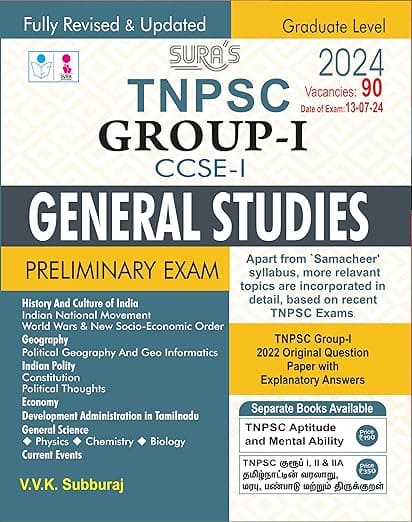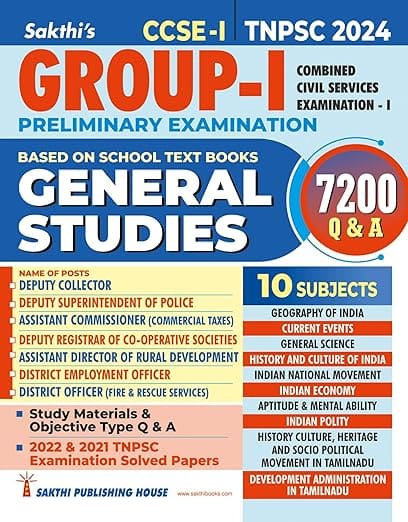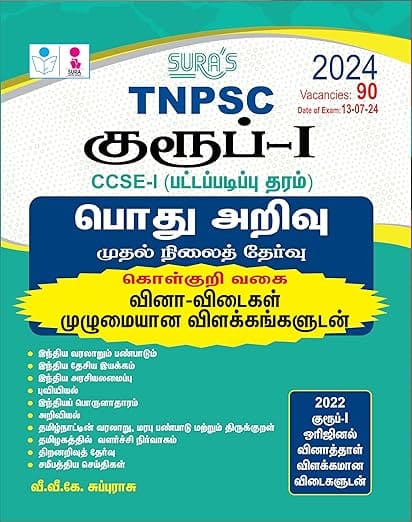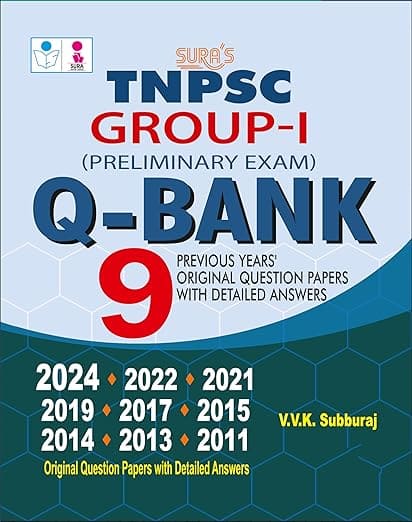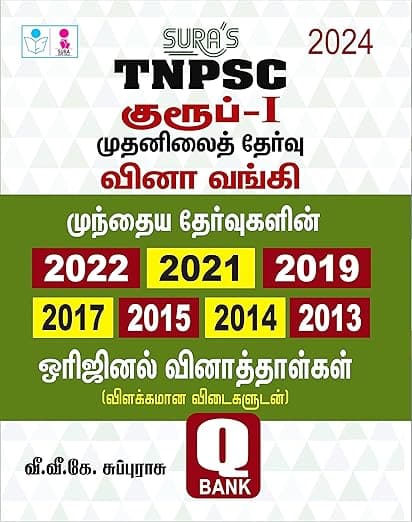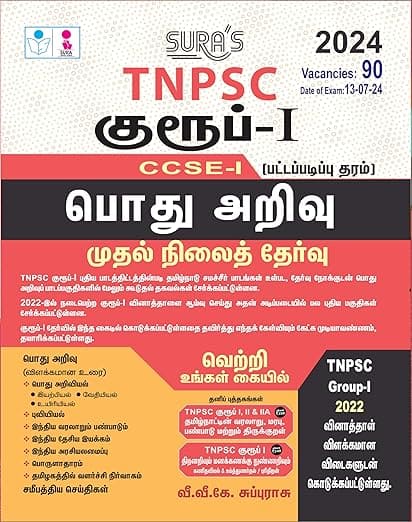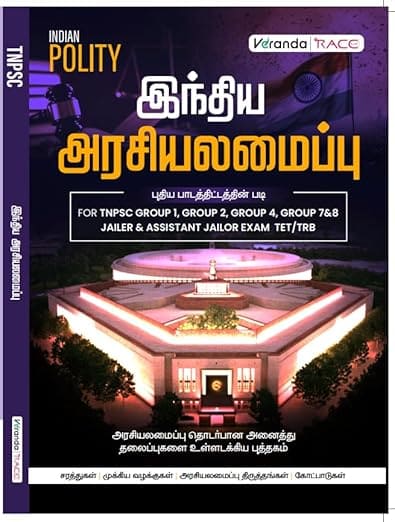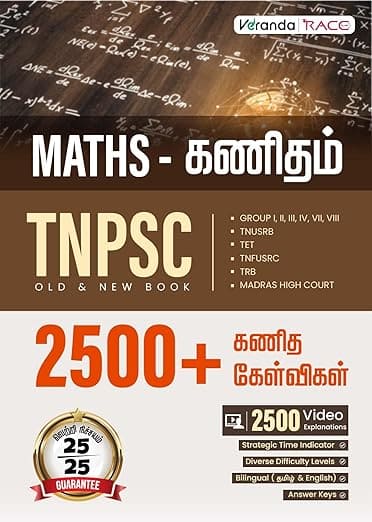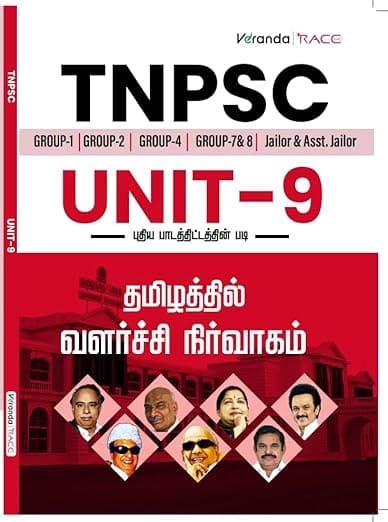Religious Faith and Belief System
- During the Later Vedic period the upper Ganga Doab was the centre of the Aryan culture.
- This region is described as the land of Kuru-Panchalas.
- The Vedic gods Agni and Indra lost their importance.
- Prajapati became the main deity.
- Rudra, the god of rituals, identified with Siva, became important.
- The Satapatha Brahmana lists the names of Rudra as Pasunampatih, Sarva, Bhava and Bahikas.
- Vishnu was conceived as the protector of people.
- There is no reference to Vishnu’s incarnations.
- Each varna had its own deities.
Rituals
- Rituals became important in society.
- It was believed that rituals and sacrifices could solve many problems.
- The rituals became more complex, required more resources, and took longer time.
- This indirectly reflects the demand for rituals and the formation of elite groups who could spend more resources on rituals and sacrifices.
- The correct performance of rituals was stressed.
- Stress was laid on paying dakshina.
- Numerous rituals were prescribed for solving all kinds of day to day problems.
- The resort to rituals and sacrifices as a solution for problems led to the view that material wealth could achieve anything.
- The ideas in the Upanishads argue against such a view, and stress the importance of realising the atman or inner self.
- Such degeneration of rituals and the material-oriented nature of the priests created dissension and led to the development of heterodox faiths such as Buddhism and Jainism which emphasized correct human behaviour and discipline.
Philosophy and Education
- The disciplines of philosophy, literature and science developed in this period.
- Various branches of learning such as literature, grammar, mathematics, ethics and astronomy developed.
- Education was limited to males.
- Teacher-pupil relationship was cultivated through person-oriented training.
- The development of Vedic texts and the importance given to pronunciation, grammar and oral transmission suggest training in utterances and memorization, as part of the Vedic system of education.
- The development of various types of texts could be considered as developing solutions for certain mundane issues and a quest for knowledge.
- Araynakas are concerned with priests who were in the forests.
- Upanishads (which means to sit nearby) texts with philosophical enquiries, were composed during this period.
- They were also referred to as Vedanta, since they were attached as the last part of the Vedic texts.
- Satyameva Jayate is from Mudaka Upanishad.
- They lay stress on knowledge and the realization of the self or atman and Brahman (the Supreme Being), meditation, cycle of birth and death.
- They convey the ideas of karma, and good conduct, self-restraint, mercy and generosity as virtues.
- Despite the ritual dominated aspects of Vedic life, some seers were in pursuit of knowledge and virtuous conduct.
- Dara Shukoh, the Mughal prince, translated the Upanishads into Persian in 1657, much before the colonial scholars developed any interest in ancient Indian literature.
Other aspects of Life
- The Late Vedic culture has evidence of music and fine arts.
- Music instruments such as lute, flute and drum are referred to in the texts.
- With the development of cultivation and pastoralism, different types of food and drinks made of grains, milk and ghee and plants were consumed.
- Evidence of the use of silk and ornaments of metal, gold and copper is found.
- Metal mirrors were also used.
- The archaeological sites have uncovered beads and ornaments and the fabrication of glass beads was also developed in the later part of the Vedic period.
Characteristics of Later Vedic Society
- Later Vedic period is marked by lineages of clans, and small kingdoms developed in many parts of the Ganga valley, leading to the development of the state after 600 BCE.
- The idea of janapada and rashtra as territorial units had developed.
- The raja wielded much power and the social divisions began to strike deep roots.
- The varna system had developed well and Sudra identity became more marked during this period.

